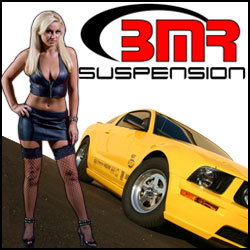46addict
13726548
Does the combustion chamber care whether I'm pushing 13psi on 11.2 compression or 17psi on 9.8? I currently have a P1SC setup and plan to turn up the wick in the near future. My original thought was to upgrade the shortblock using forged 9.8 comp pistons but I had a crazy idea about using higher compression instead. The latter won't require a blower upgrade as I can pulley down the P1 I have now and hopefully reach the same power level as I would with a D1 making more boost. According to Procharger there is a 200cfm difference in max flow (IIRC) between the two and the higher compression pistons could make up for this, or no?
Also do tighter LSA cam setups deduct some from effective compression? I'm thinking keeping my hot rod cams could give me some headroom if it allows for some boost to "pass through" via valve overlap. Not sure if my logic is correct on that though.
I want to stick with 93 octane and get to 600whp.
Also do tighter LSA cam setups deduct some from effective compression? I'm thinking keeping my hot rod cams could give me some headroom if it allows for some boost to "pass through" via valve overlap. Not sure if my logic is correct on that though.
I want to stick with 93 octane and get to 600whp.


